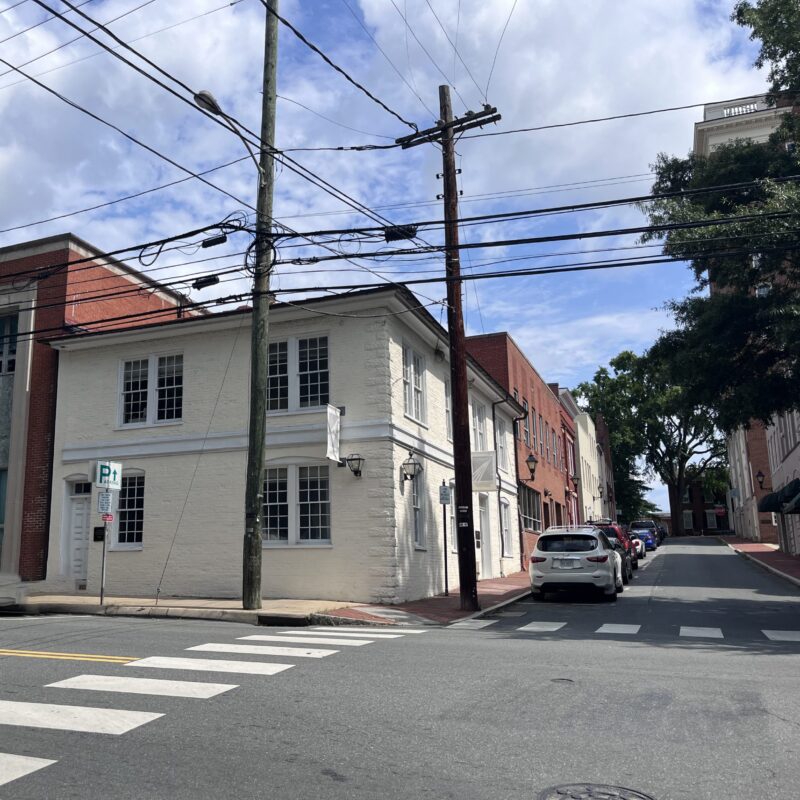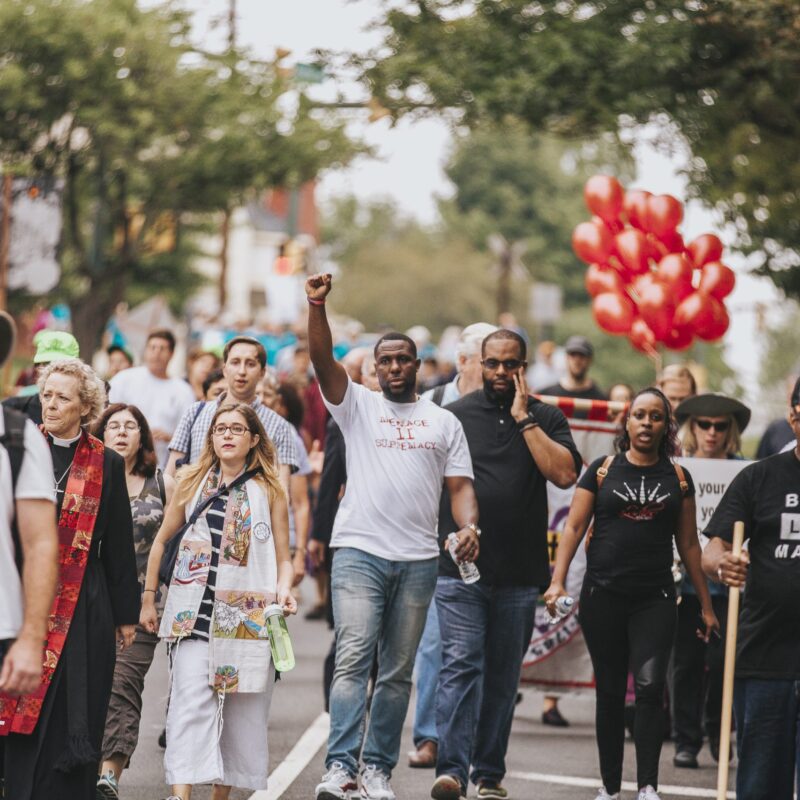Though Charlottesville pays a lot of lip service to preserving its historic structures—devoting an entire chapter of its comprehensive plan to the subject—it’s easy for property owners to think they’re the ones who have to pay the price for the city’s principles.
The city’s approach is often more stick than carrot. When the city designates properties “individually protected,” as it is in the midst of doing for 10 buildings scattered around Charlottesville, it is the property owner who has to go before the Board of Architectural Review to get permission to alter the exterior of the property or to ask for demolition. That consideration has meant that some property owners aren’t in favor of the action, which will go before City Council in the coming months.
 “I think it’s great that the city is considering providing a little bit more of an incentive to restore historic buildings,” says Andy McGinty, a developer working to convert the old King Lumber building. |
“I continue to be concerned about the city designating historic properties against the wishes of the owners of these properties,” says city Planning Commissioner Cheri Lewis, “because it’s, as far as I know, unprecedented in the city. There’s definitely a property rights issue in doing so.”
But the city Planning Commission is thinking about ways that could give property owners who chose to develop a carrot for historic preservation. Historic preservation will likely be explicitly included in the city’s proffer policy, which is still a work in progress.
A proffer is a “voluntary” concession given by a developer that lessens the negative impacts of a new rezoning on the city. There are some legal limitations on what can be proffered, but promising, say, to rehab a historic structure to a certain level is certainly within bounds, according to the city attorney, Rich Harris.
“The city can pretty much accept anything,” says Harris. “If a historic preservation proffer is going to mitigate an impact, absolutely, we’ll certainly take it.”
“I think it’s great that the city is considering providing a little bit more of an incentive to restore historic buildings,” says Andy McGinty, a developer working to convert the old King Lumber building on Preston Avenue into office space. “I even have a partner in the deal who wants to tear that building down, and we argue about that a lot, but there’s no way that I’m going to let that happen.”
Rezonings in the city are rare enough that it might not make that much of a difference. But Lewis recently noticed a 2008 change in state code that explicitly allows cities to give “incentive zoning”—increased density, for instance—in return for historical preservation, among other things. She’s asked city staff to look into the possibility.
Incentive zoning could be a hit with developers who want to preserve a building but have trouble when looking at the bottom line. McGinty is thinking of adding some residential units as part of the King Lumber project, and potentially with such incentive zoning, he could get more units than normal zoning allows in exchange for doing a good job sprucing up the 102-year-old building.
“The thing you run into in Charlottesville is that the air is worth so much,” says McGinty. The consideration can be whether to restore an old two-story building—or tear it down and put a nine-story building in its place. “The value of that nine-story building is just so much more than that two-story building.”
But, says McGinty, “I personally am going to restore that warehouse regardless of whether they think of it as a proffer. You can always build another nine-story building. But the cool thing about the old King Lumber is that it was the largest employer in Charlottesville at one time. So you tear that down, and you just lose another piece of Charlottesville’s history.”
C-VILLE welcomes news tips from readers. Send them to news@c-ville.com.





